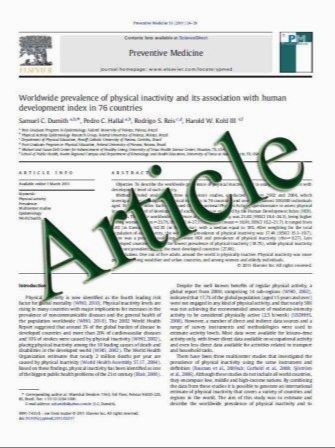Extracranial head and neck schwannomas: a study of the nerve of origin
- نوع فایل : کتاب
- زبان : انگلیسی
- مؤلف : Hin-Lun Liu Suet-Ying Yu George Kam-Hop Li William Ignace Wei
- چاپ و سال / کشور: 2011
Description
Schwannoma is a type of benign nerve sheath tumour arising from the Schwann cell. Because of the close relationship between the tumour and the nerve of origin (NOO), the operation of extracranial head and neck schwannoma may lead to palsy of major nerve. For this reason, an accurate diagnosis of schwannoma with the identification of the NOO is crucial to the management. The aim of this review was to find out the distribution of the NOO and the usefulness of the investigations in the diagnosis of schwannoma. Medical records of the patients who underwent operation of the extracranial head and neck schwannoma in our division were reviewed. Between January 2000 and December 2009, 30 cases of extracranial head and neck schwannoma were operated. Sympathetic trunk (10, 33%) and vagus nerve (6, 20%) were the two most common NOOs. In five (17%) cases, the NOO was not found to be arising from any major nerve. For these 30 patients, 20 received fine needle aspiration cytology (FNAC) and 26 underwent imaging studies (computed tomography or magnetic resonance imaging) before operation. The specificity of FNAC and imaging studies in making the diagnosis of schwannoma was 20 and 38%, respectively. For the patients who had nerve palsies on presentation, their deficits remained after operation. The rate of nerve palsy after tumour excision with division of NOO and intracapsular enucleation was 100 and 67%, respectively. The diagnosis of schwannoma is suggested by clinical features and supported by investigations. Most of the time, the diagnosis can only be confirmed on the histological study of the surgical specimen. Sympathetic trunk and vagus nerve are the two common NOOs. MRI is the investigation of choice in the diagnosis of schwannoma and the identification of NOO
Eur Arch Otorhinolaryngol (2011) 268:1343–1347, Received: 27 October 2010 / Accepted: 7 January 2011 / Published online: 19 January 2011 The Author(s) 2011. This article is published with open access at Springerlink.com


